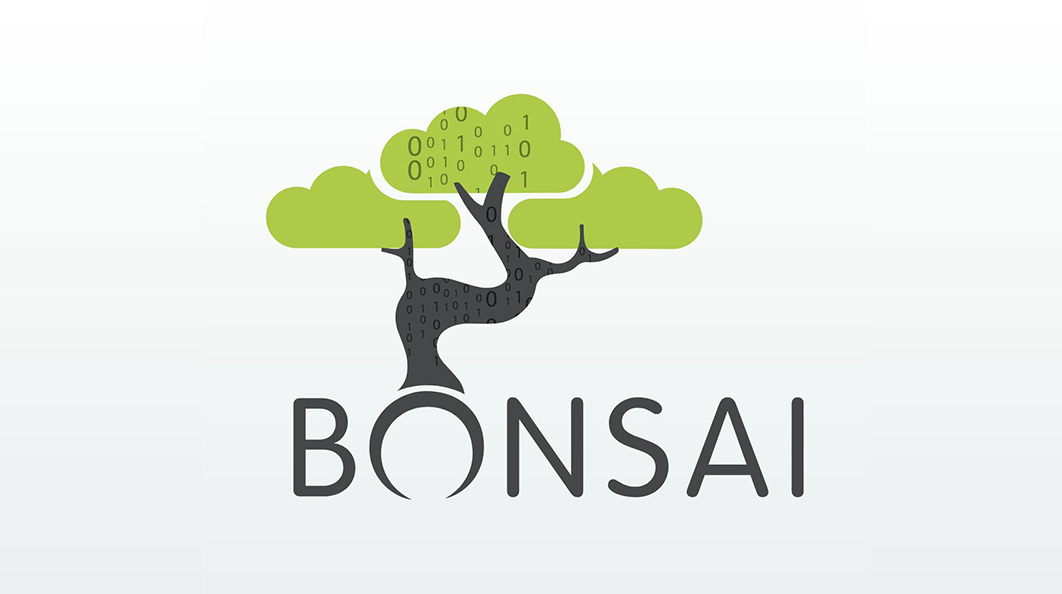A hypothesis: Rideshare and taxi subsidy, parking restriction holidays, and other measures could reduce patient and healthcare worker dependence on public transit and be a public health measure that cities, states, and the federal government should consider testing.
NY, NJ, MI and LA are indeed seeing some of the worst impacts of this terrible disease so far. Their plight isn’t an much of an outlier as it’s made out to be, however, when you look at context. Assuming things like population density contribute to disease transmission, It’s clear that other states aren’t really doing much better at prevention – they simply are lucky to have fewer dense population centers.
So what else can be done? It’s certainly true that population density has hurt places like New York City, but when you view data in this interactive graph, we don’t exactly see the tightest correlation between pure density metrics and current positive COVID-19 cases. Are there other bits of context that we are missing when trying to describe how this disease is spreading? Are there other hidden factors that enhance transmission and inhibit social distancing efforts?
This is only one data point, based on simple state-level metrics, but take a look at positive Cases by state, when plotted against public transportation rate:

Data courtesy of the COVID Tracking Project (covidtracking.com) and the US ACS Survey, 2018
More research and mitigation testing methods must roll out, quickly. Data must be captured and curated to make the most effective health measures possible. We can learn from all past successes, but to truly do all we can, we must test & learn new and novel methods for contagion prevention here in the US as well. To learn (a lot) more on the COVID situation here in the US, check out these great data visualizations and resources we’ve found.
Great Data Visualizations
Novel Coronavirus (COVID-19) Dashboard
Data Resources:

